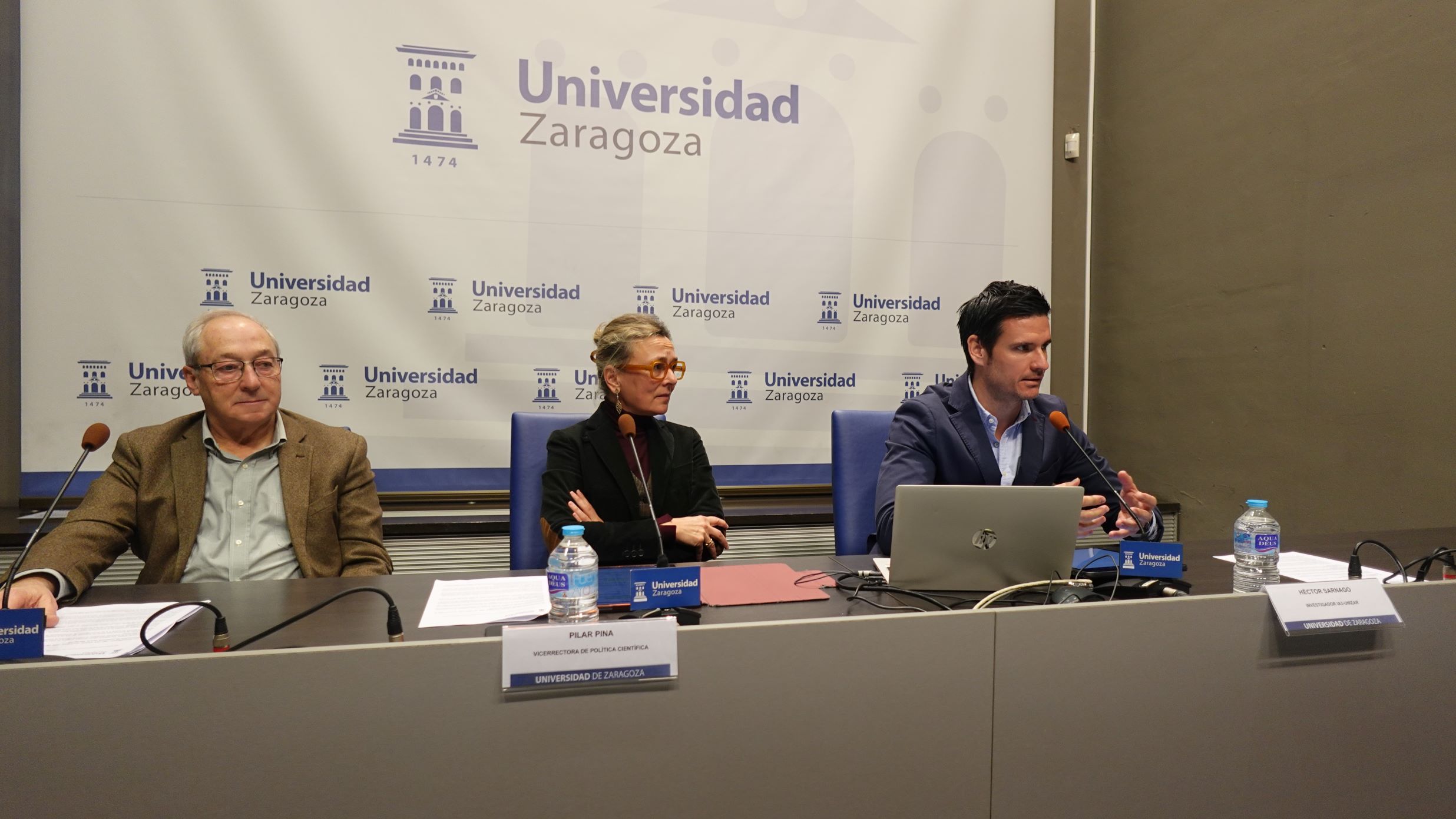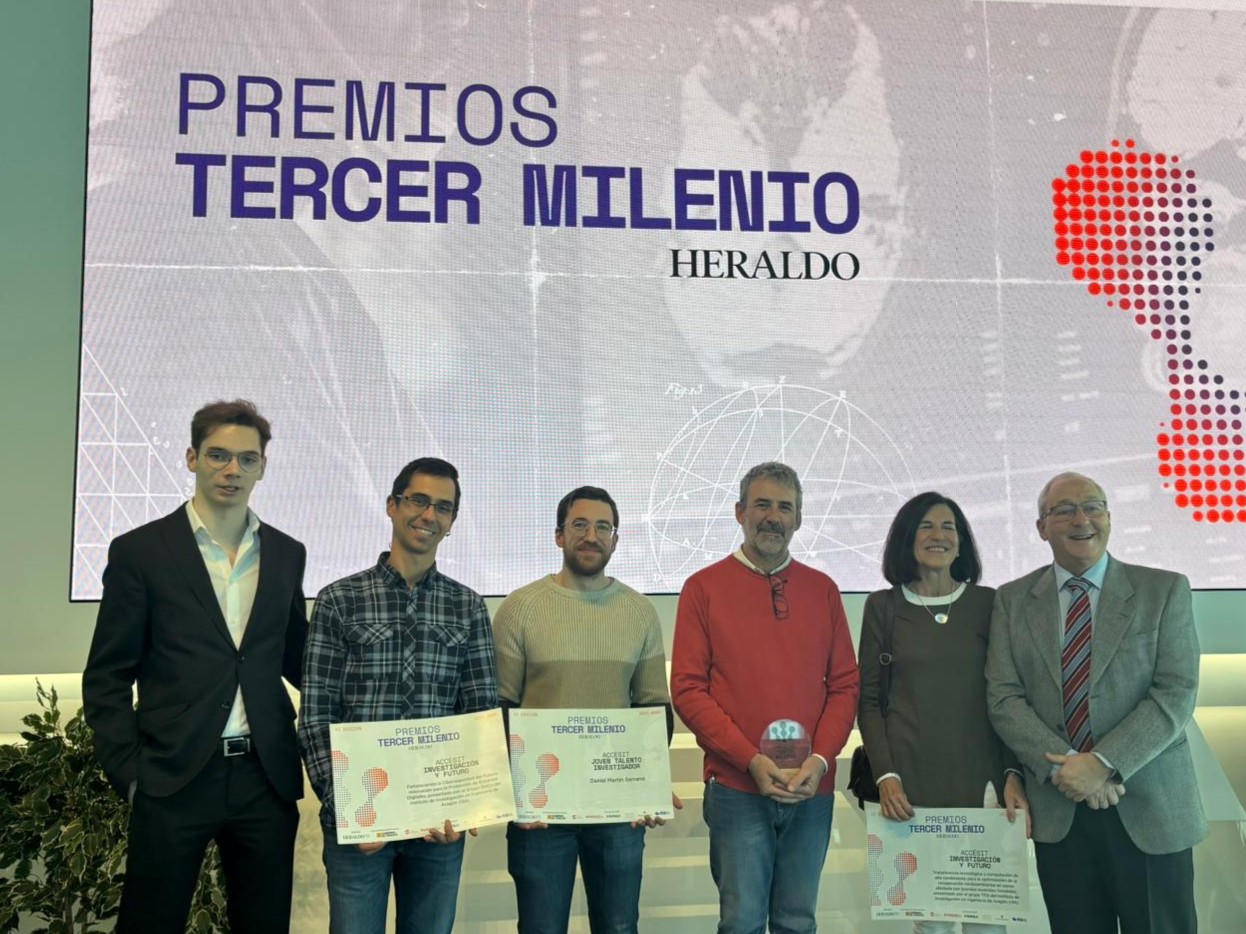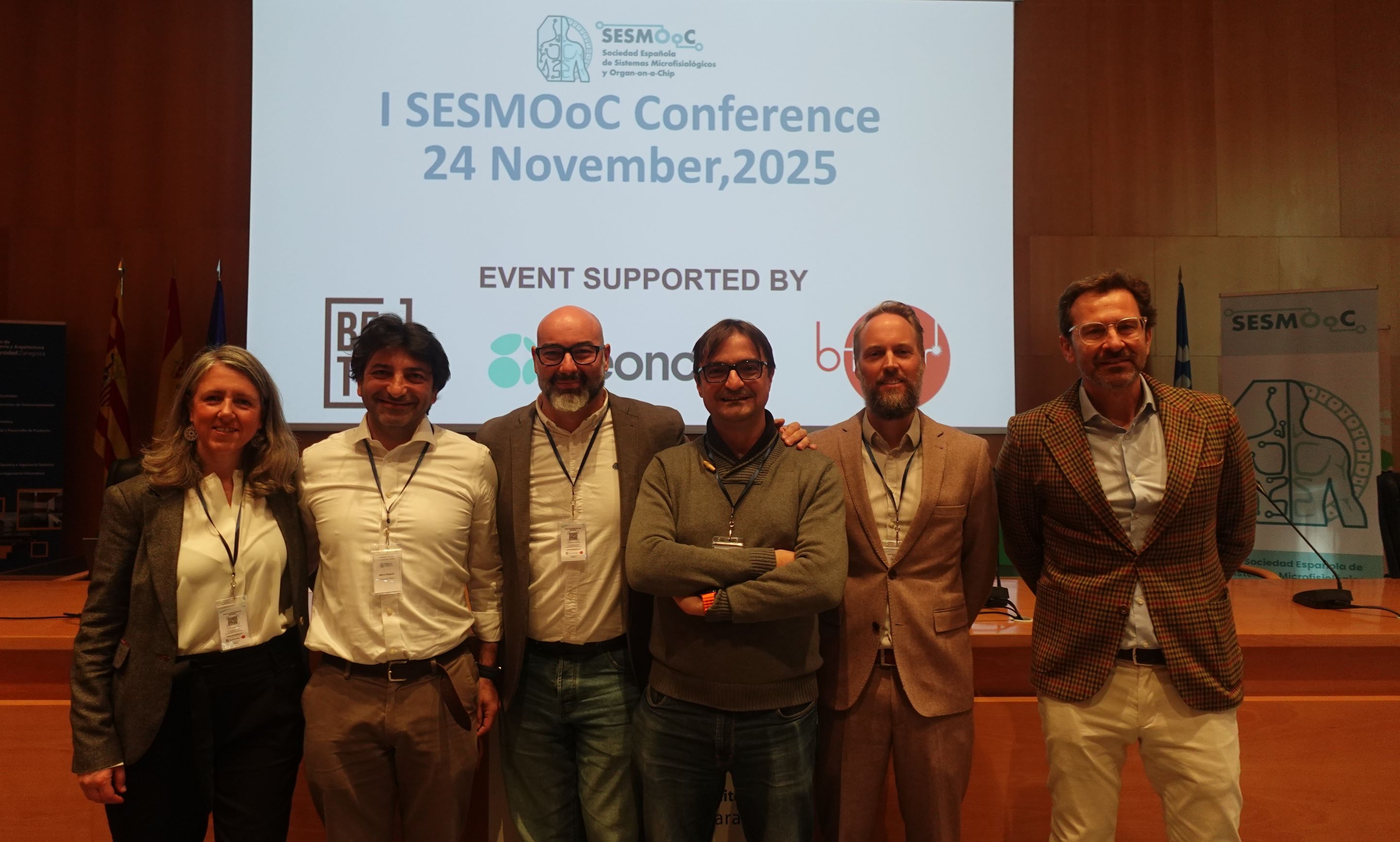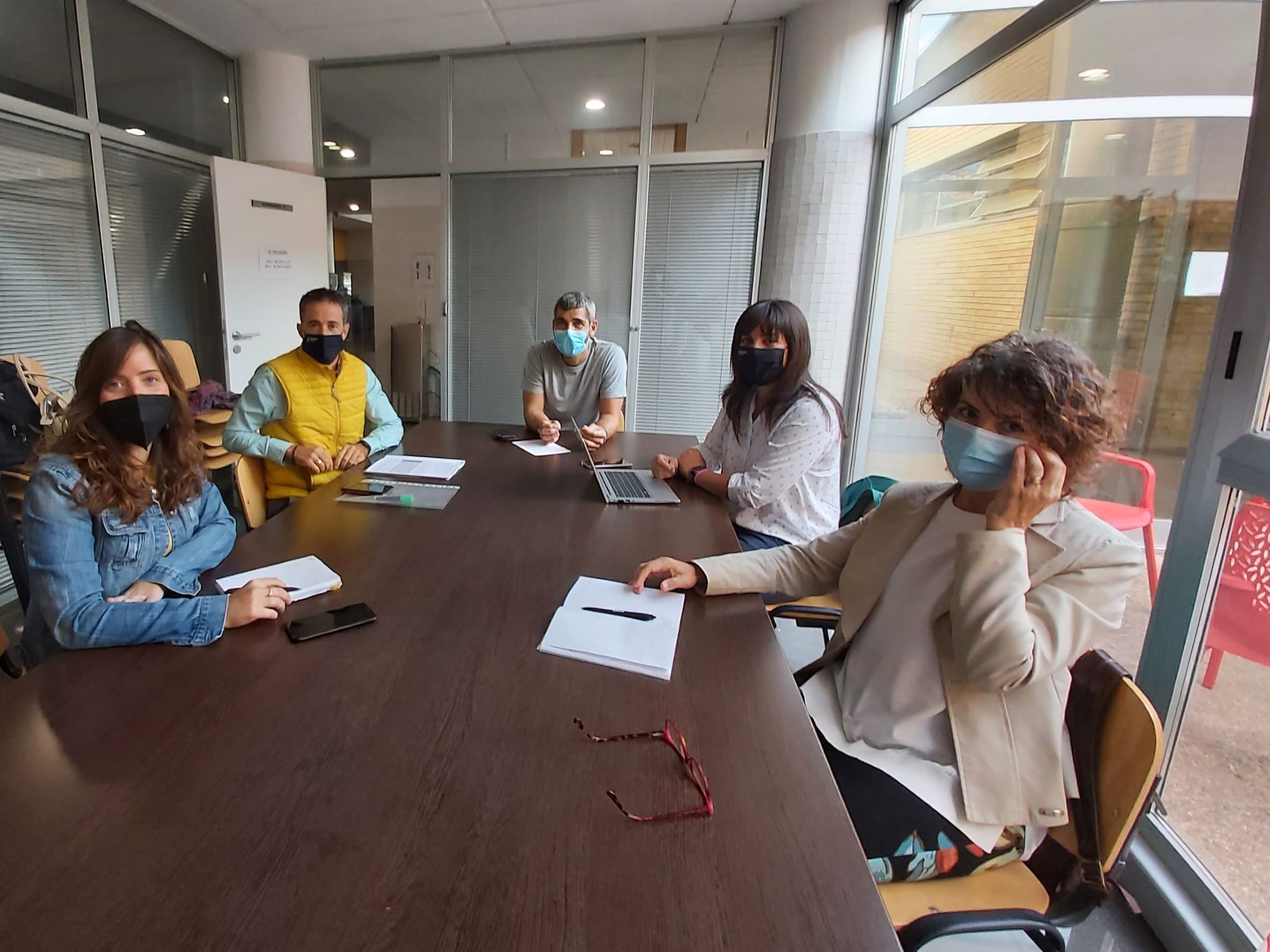
Technology applied to health has become a key tool for early diagnosis and personalization of treatments. Also in the field of physiotherapy, research with sensors that integrate artificial intelligence can make the identification of altered patterns of lumbar kinematics (movement) possible in patients with low back pain, which would help to identify biomechanical factors and treat this pain in a personalized way.
A group of researchers from the Engineering Research Institute of Aragon (I3A) and the Faculty of Health Sciences of the University of Zaragoza belonging to the HowLab research group, with the ONCE University School of Physiotherapy, a center attached to the Autonomous University of Madrid, have been working for more than a year on a research project, which they have called TeleEDxPhysio to respond to the needs of patients with non-specific chronic low back pain, including groups of patients with visual disabilities. In addition, the project includes among its objectives that the results of the research can be transferred to the clinical practice of physiotherapists through their inclusion in tele-rehabilitation platforms such as HEFORA, currently used by the Official Association of Physiotherapists of Aragon so that its members can prescribe personalized exercises to your patients.
The research, which has recently received funding from the Government of Aragon to continue developing until 2023, focuses on the design of algorithms through the use of sensors with artificial intelligence. In this way, it will be possible to recognize and detect anormalities in the movement patterns of the lumbar spine that are not detectable by the human eye.
The application of sensors with artificial intelligence aims to help physiotherapists to diagnose and personalize treatments for their patients, taking into account that low back pain usually has a multifactorial cause (biomechanical and psychosocial factors, among others). The physiotherapist will be able to identify and quantitatively assess biomechanical parameters related to the movement of the lumbar spine that contribute not only to the diagnosis but also to the prevention of pain.
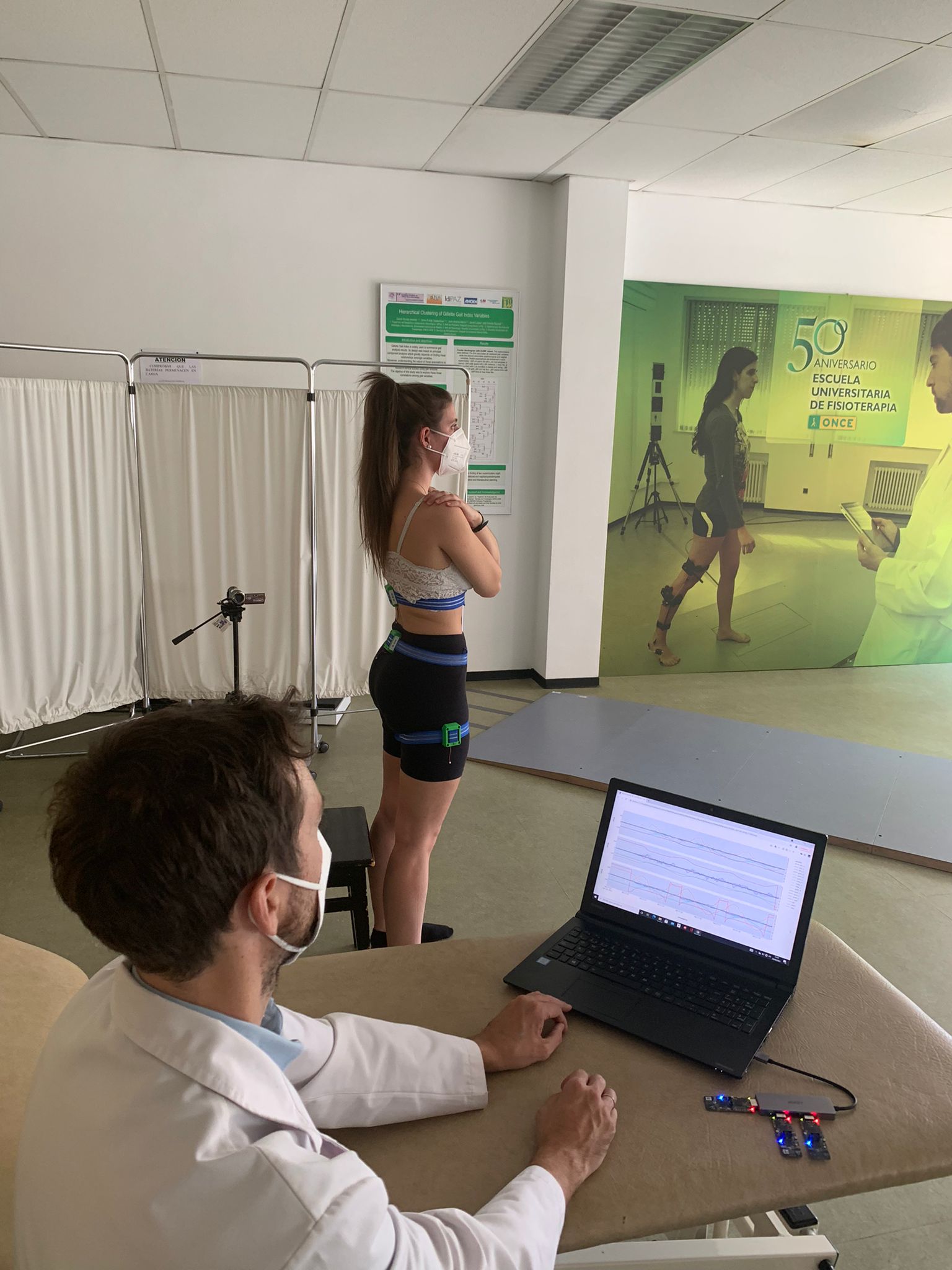
In addition to the clinical part, the project of the HowLab research group and the EUF of ONCE-UAM stands out for its social contribution and its inclusive approach, since it will allow professionals and patients with visual disabilities to benefit from this type of system. The project also seeks that the patient can use the sensors for their own monitoring, and be participants in their process, in such a way that they can know and understand the factors that may be affecting them and improve their health and quality of life.
HowLab researchers highlight the progress that the use of a sensor system capable of executing artificial intelligence algorithms in physiotherapy clinical practice can mean, allowing its inclusion in real time in tele-rehabilitation platforms that facilitate the treatment and follow-up of their patients.
The development of the project will lead, among other issues, to collect information on the main alterations of the spine in patients with chronic non-specific low back pain; to analyse by artificial intelligence the variables that allow to find out the possibility of suffering an episode of exacerbation, as well as to help the physiotherapist both to predict new episodes of low back pain and to assess the effectiveness of the treatments carried out. In addition, this project includes, in its final phase, the integration of these sensors in a telecare platform, so that all patients can access a remote physiotherapy diagnosis service, a need that has been highlighted during the pandemic and, above all, in the months of confinement.
TeleEDxPhysio Project
Main Researcher: Pablo Herrero Gallego y Juan Andrés Martín Gonzalo.
Collaborating researchers: F. Javier Zarazaga-Soria, Roberto Casas Nebra, Álvaro Marco Marco, Juan López-de-Larraínzar, Marta Checa Vilardell, Marina Gil Calvo, Sandra Calvo Carrión.
Place of study: Multicentric. University School of Physiotherapy of ONCE-Autonomous University of Madrid, University of Zaragoza, Geoslab, Howlab.
Funding: Phase I of the project financed by the ONCE, in its aid program for research and innovation projects in visual disability and Phase II financed by the Government of Aragon.
